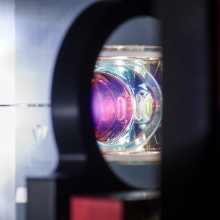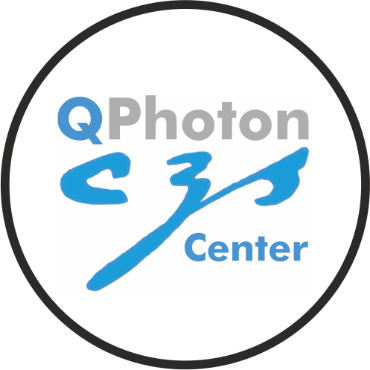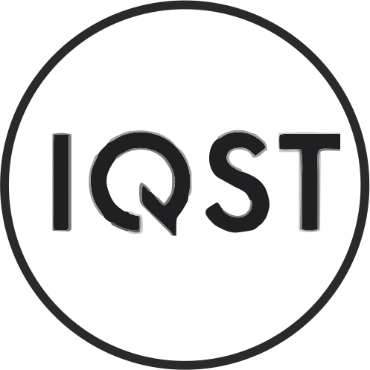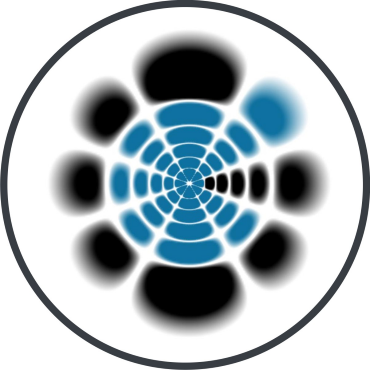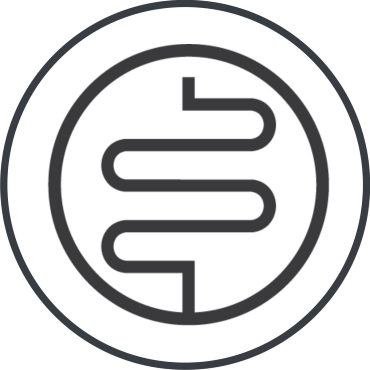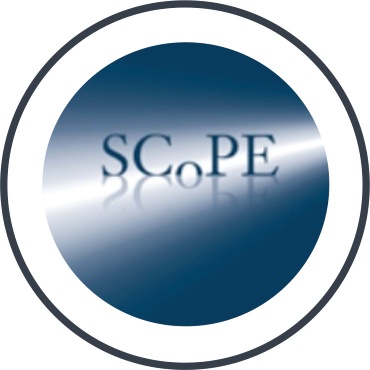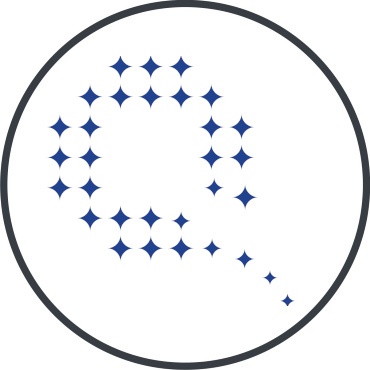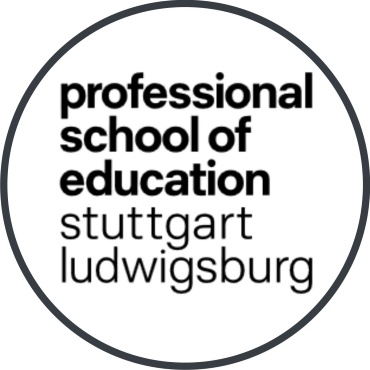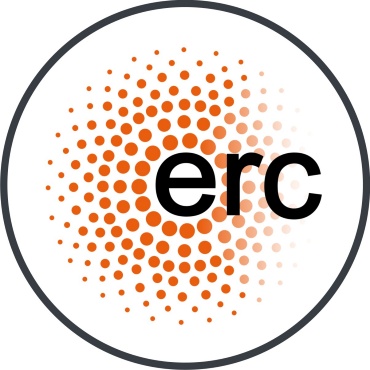Portrait Tilman Pfau
About the Institute
The 5th Institute of Physics (PI5) headed by Prof. Dr. Tilman Pfau was founded in 2000 with the goal to study interacting quantum gases and their applications. We are a versatile institute performing top-level research, educating prospective teachers and brining science to the public. Since its foundation the institute has brought forth dedicated scientists of all levels of whom many have been appointed to permanent positions in basic research. We are also proud to host countless visiting researchers from all over the world enriching PI5's scientific and social life.
If you would like to find out more about our research or how to join our team please do not hesitate to contact us.
Our Research Interests
At the time of the institute's foundation in 2000 atomic physicists were fascinated by the recent observation of Bose-Einstein condensation and in Stuttgart we wanted to contribute to this young research field. But with a twist to it. To quote Tilman Pfau: “Interactions make life interesting” and Chromium atoms have indeed interesting interactions. In contrast to all laser-cooled atoms at this point Chromium atoms feature long-range magnetic interactions which should lead to completely new type of Bose-Einstein condensate: a dipolar quantum gas. In the year 2000 this was a technological and scientific challenge and a truly high risk project. And five years later the first magnetic Bose-Einstein condensate has been created (Phys. Rev. Lett. 94, 160401 (2005)) and a dipolar effects were observed (Phys. Rev. Lett. 95, 150406 (2005)). This breakthrough has triggered innumerate groups to also investigate dipolar interactions and by now “dipolar gases” is a rich research field with a community ranging from atomic to molecular quantum gases.
Motivated by progress in the preparation of quantum gases of Lanthanide atoms in Illinois and Innsbruck we switched from Chromium to Dysprosium in 2013. This atom has the strongest magnetic dipole moment of all atoms in the periodic table and we expected unexpected things to happen. Indeed, in 2016 our Dysprosium condensate surprised us and the scientific community alike by transforming to liquid like quantum droplets under certain conditions, giving us an entirely new quantum system to be studied closely (Nature 539, 259 (2016)).
The year 2004 saw the inception of our second major project. We planned an experiment to combine two unlikely partners: highly excited atoms (so called Rydberg atoms) and Bose-Einstein condensates. The extraordinary interaction strength between these Rydberg atoms promised the study of strongly correlated many body quantum states in an entirely new regime. However, major parts of the scientific community thought at this time that this would be impossible because the large atomic density of the condensates would destroy the fragile Rydberg atoms immediately. Nevertheless, three years later we were able to observe such strongly correlated states made of thousands of atoms (Phys. Rev. Lett. 99, 163601 (2007)). Two years later this setup surprised us even further by producing ultra-longrange Rydberg molecules exhibiting dimensions a thousand times larger than ordinary molecules. (Nature 458, 1005-1008 (2009)). These molecules exhibit peculiar shapes resembling butterflies and trilobites and their visualizations became iconic images. From here on the line of research developed into a direction we had not intended a decade ago and by now we study how a single Rydberg atoms interacts with a single ion (Phys. Rev. Lett. 121, 193401 (2018)).
In 2015 Dr. Sebastian Hofferberth started an independent Emmy Noether group at PI5. With his group he could, for example, demonstrated a first single photon transistor based on the strong Rydberg interaction in a cold, dense medium. In 2017 Sebastian left PI5 to become a Professor at the University of Southern Denmark, Odense.
Our third column of research started in 2009 with the spectroscopy of thermal vapours of atomic gases at room temperature. We wanted to know how much of the intriguing many body quantum physics we observe close to the absolute zero point of temperature would survive at a billion times higher temperature. In detail we wanted to make use of the unusual strong interaction among Rydberg atoms by converting it to a large bandwidth optical non-linearity. One way we thought of is to implement a four-wave mixing scheme, where we first excite a single Rydberg atom in a microscopic vapour cell (all further excitations are blockaded due to the strong interactions) and then convert this Rydberg excitation into a single free photon. It is worth mentioning that the scepticism in the scientific community toqards this idea was even more severe than in the case of the ultracold Rydberg atoms. It took almost a decade to overcome all obstacles and to solve all technical challenges, but we now have the first room temperature on demand single photon source with GHz bandwidth in the lab (Science 362, 446 (2018)).
During this decade of research on room temperature gases we have come across many new ideas and our research portfolio has expanded to trace gas sensing of medical relevant gases, development of highly integrated vapour cells, microwave sensing, atom filled hollow core fibres, integrated vapour spectroscopy with nanophotonic devices and much more.
A special role in our group plays the experimental group led by Dr. Tim Langen. He is an ERC Starting Grant holder hosted by the 5th Institute of Physics who contributes expertise in molecular physics and laser cooling of molecules to the institute since 2017. In his laboratory uses direct laser cooling to produce molecular gases at ultracold temperatures, which are relevant for the realization of strongly interacting dipolar gases, quantum simulators and precision measurements of fundamental physics.
Next to our endeavours in basic research the institute is dedicated to various outreach activities to bring our science to the public. Already in the early years of the institute we participated in exhibitions and events in the Stuttgart region with hands on experiments and physics shows. In 2003 and 2004 we realized larger scale exhibitions in Stuttgart, which attracted several 10.000 visitors. The vast positive feedback we received from these exhibitions encouraged us to develope a permanent frame for these contributions. In 2010 we founded the school lab "Spiel der Kräfte" at the university, which welcomes school kids from all levels and all types of schools to learn about mechanics, light, lasers, acoustics, electronics and many things more.
Since 2018 the installation of a professorship for Physics Didactics Research at PI5 advances our school lab and outreach activities. With Prof. Dr. Ronny Nawrodt the high school lab, the teachers’ education in physics empirical didactics research became an institutional unit.
Furthermore, we expanded our activities in physics exhibitions. We had exhibitions in the Stuttgart region, Barcelona, Belgrade and currently plan to go to Budapest but we also installed lab-spaces in the Art Museum of Stuttgart (2017 and upcoming in 2019).
Cooperations
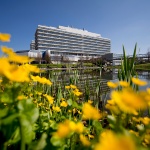
5. Physikalisches Institut
Administration


